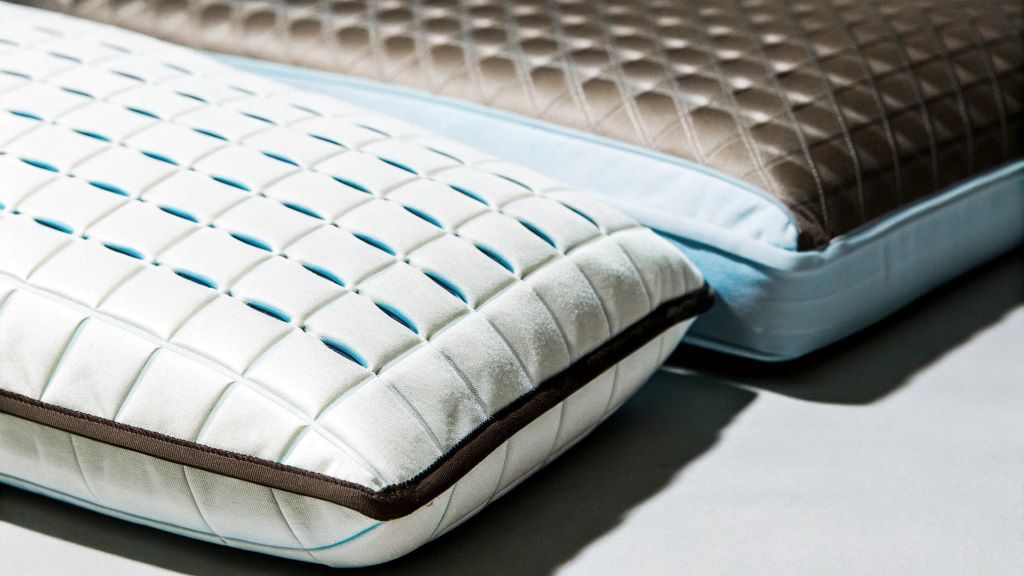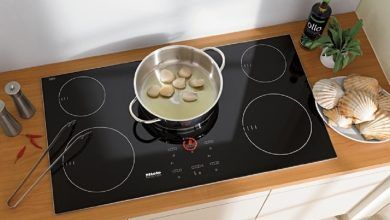
Gel Pillows Truly Offer Cool: Comfortable, or Just a Gimmick?
Sleep plays a vital role in physical and mental health. It’s no wonder people spend hundreds on finding the perfect pillow. Among the many choices, gel pillows stand out for their promises of cooler nights, better support, and enhanced comfort. But do they really deliver? Or are they just another marketing gimmick riding the wave of sleep tech trends?
Let’s dig deep into the reality behind the hype and explore the science, user experiences, and expert opinions on whether gel pillows are truly cool and comfortable—or just a clever trick.
What Are Gel Pillows and How Do They Work?
Gel pillows typically combine traditional memory foam with a layer of cooling gel. The idea is to counteract the heat retention often associated with foam pillows. According to the Sleep Foundation, memory foam can trap body heat, leading to discomfort during the night. Gel is introduced as a solution to disperse heat and keep the surface cooler.
There are two main types:
- Gel-infused pillows: Gel is mixed into the foam.
- Gel-layer pillows: A cooling gel sheet is added on top of the foam.
The goal is clear—keep your head cool while providing ergonomic support. But does the inclusion of gel actually improve sleep quality?
The Cool Factor: Do Gel Pillows Regulate Temperature?
One of the biggest claims surrounding gel pillows is their ability to stay cool. On paper, it sounds ideal. No more flipping your pillow to find the “cool side.” But the science is a bit more complicated.
A study published in the Journal of Clinical Sleep Medicine found that cooler sleep environments improve sleep latency and quality. Gel pillows capitalize on this, but user experience varies.
Some users report immediate cooling relief. In contrast, others say the cool sensation fades within 30 minutes. That’s because most gel layers only redistribute heat—they don’t actively cool. Once they absorb enough warmth, they match your body temperature.
Consumer Reports tested various gel pillows and concluded that while some models feel cool initially, long-term cooling was inconsistent.
Bottom Line: Gel pillows can offer temporary coolness, but they aren’t a replacement for true temperature regulation systems like cooling mattresses or breathable bedding.
Comfort Level: Are They Supportive Enough?
Support is the next big promise. Many gel pillows boast orthopedic design, neck contouring, and memory foam density. But is that enough?
Memory foam does provide contouring support by adjusting to your head and neck’s shape. This helps in spinal alignment and pressure relief. Add gel into the mix, and you might assume enhanced comfort.
However, a study from the Harvard Medical School suggests that comfort is highly subjective. What works for one sleeper might not suit another—especially when it comes to pillow firmness and loft.
People with neck pain often prefer medium-firm pillows. Some gel pillows tend to be too soft or too thick, which can strain the neck rather than support it. Sleep position also plays a role:
- Back sleepers usually benefit from thinner, firmer gel pillows.
- Side sleepers often prefer thicker models for shoulder support.
- Stomach sleepers should avoid thick gel pillows as they can elevate the neck unnaturally.
Real-user reviews from sites like Sleepopolis and Wirecutter suggest mixed feedback. While many love the contouring and initial coolness, others complain of stiffness, poor neck support, or flattening over time.
Durability and Hygiene: Do Gel Pillows Last?
Durability is another concern. Unlike traditional down or feather pillows, gel pillows have a more complex structure. Some models start to sag after months of use, especially cheaper ones.
High-density memory foam holds up better, but the cooling gel layer might wear out faster. Also, gel pillows can’t usually be machine-washed. This makes them less hygienic unless they come with a removable and washable cover.
According to Good Housekeeping’s 2024 Pillow Guide, only premium gel pillows from brands like Tempur-Pedic or Coop Home Goods showed long-term durability in testing.
If you’re looking for a gel pillow that lasts, invest in one with high foam density and robust customer reviews. Avoid no-name imports with vague specifications.

The Gimmick Argument: Is It All Just Clever Marketing?
The sleep industry is booming, with global sales expected to hit $95 billion by 2027. Unsurprisingly, products like gel pillows get swept into a tide of marketing buzzwords: “advanced cooling,” “arctic chill,” “revolutionary support.”
Skeptics argue that gel pillows are more about selling a dream than delivering results. The cooling sensation, in many cases, is temporary. Worse, consumers may believe they’re solving sleep problems when they’re just masking symptoms.
For example, if your room is too warm, no pillow will keep you cool all night. Likewise, if your mattress lacks support, even the most luxurious pillow won’t save your back.
Experts recommend looking at sleep holistically. Your pillow should complement your mattress, sleep position, and climate—not be your only solution.
Real-Life Use Cases and Opinions
Different people get different results with gel pillows. Take Sarah, a nurse from Arizona, who swears by her gel pillow for staying cool during hot desert nights. “It doesn’t feel like a fridge, but it’s better than my old feather pillow,” she says.
In contrast, Mike, a software engineer in Seattle, found the cooling effect wore off quickly. “It felt like a regular memory foam pillow after 20 minutes,” he notes.
Expert tip: Combine gel pillows with breathable bamboo pillowcases and temperature-controlled mattress pads for better results.
So, Are Gel Pillows Worth It?
The answer lies in your sleep needs. Gel pillows do offer real benefits, especially for hot sleepers or those needing pressure relief. However, they’re not a miracle solution.
Here’s when gel pillows make sense:
- You sleep hot and want moderate cooling.
- You prefer memory foam support.
- You’re looking for short-term relief from neck stiffness.
Here’s when they might disappoint:
- You expect all-night cooling.
- You sleep on your stomach.
- You have allergies and need a washable option.
FAQs
- Do gel pillows stay cool all night?
No, they offer initial cooling but often match body temperature within 30–60 minutes. - Are gel pillows better than memory foam pillows?
They’re similar in support, but gel pillows may feel cooler temporarily. - Can you wash gel pillows?
Most can’t be machine-washed. Always check the care label and use washable covers. - Do gel pillows help with neck pain?
They can, especially for back or side sleepers needing contour support. - How long do gel pillows last?
Around 18–36 months, depending on quality and usage frequency. - Are gel pillows safe?
Yes, most are made with CertiPUR-US certified foam, free from harmful chemicals. - Do gel pillows have an odor?
New ones might off-gas for a day or two. Air them out before first use.
Final Thought
So, gel pillows: cool, comfortable, or just a gimmick? The truth is, they’re somewhere in between. They’re not revolutionary, but they’re not entirely hype either. When paired with the right environment and sleep habits, gel pillows can enhance comfort. Just don’t expect magic.
If you’re constantly flipping your pillow to the cool side or waking up with a stiff neck, a gel pillow might be worth trying. But always read reviews, check materials, and consider your sleeping style before buying.
For a more comprehensive sleep upgrade, explore cooling bedding, breathable mattresses, and healthy sleep routines. Remember—comfort is personal, and no single product suits everyone.
Read More:






